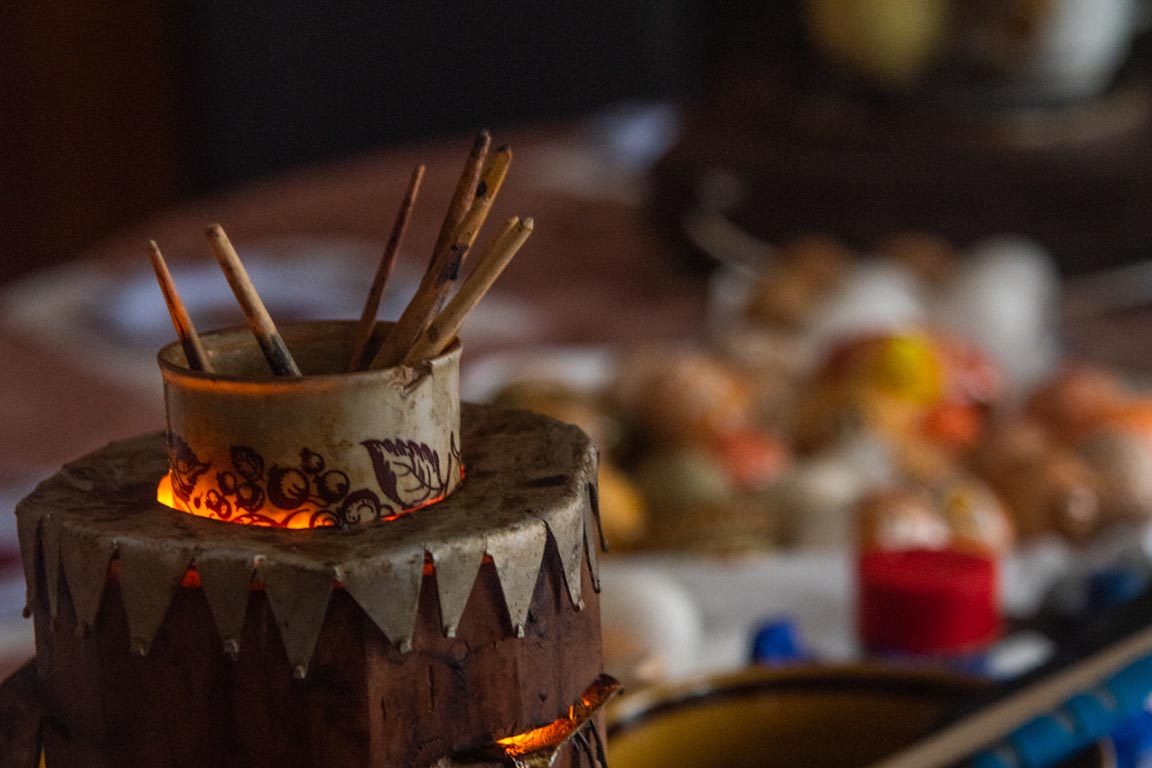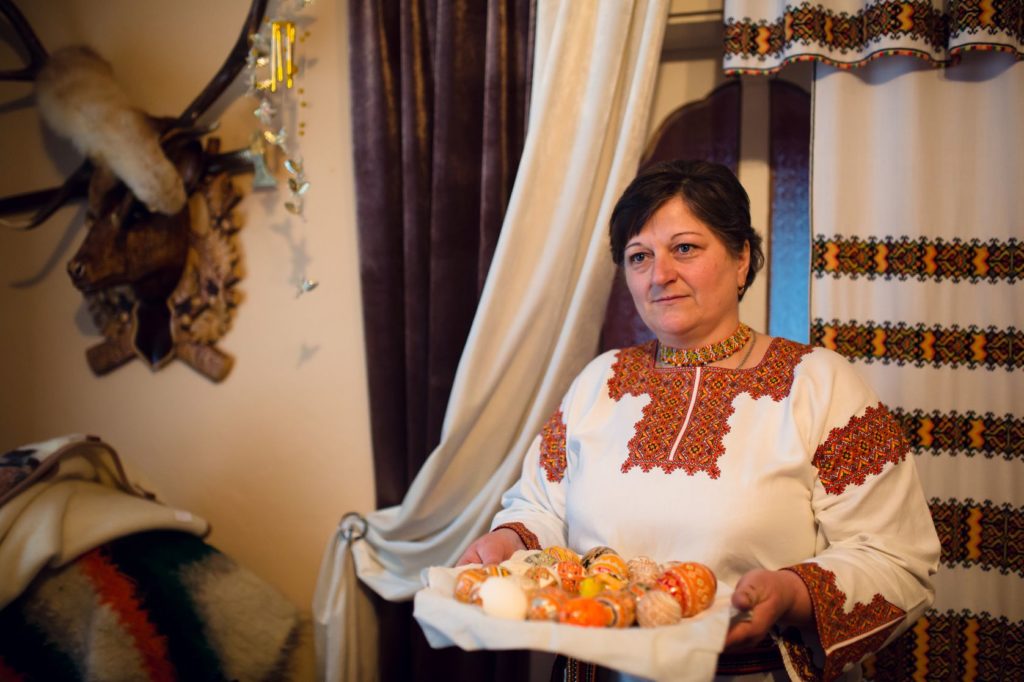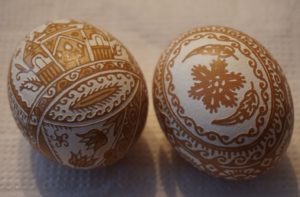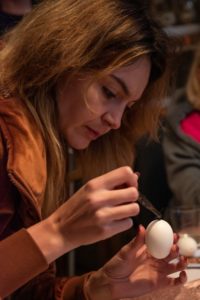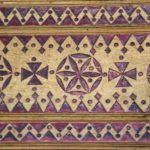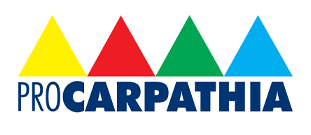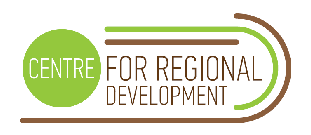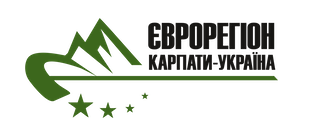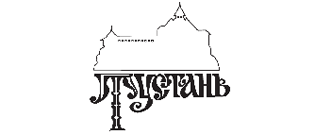We have met with Maria in Kosmach. The whole village is a remnant of the former lifestyle associated with pastoralism. The houses are located at a large distance from each other, often on a hill. First, we cross the swift stream and climb the muddy road up. We have no chance to drive forward. Despite the conditions and problems with getting there, the village is vigorous and the old traditions are alive.
Although it is very difficult to find real masters in such a profession, here in Kosmach old crafts are cultivated. Someone deals with ceramics, someone else embroider patterned shirts. Mrs Maria deals with colourful Easter eggs. At home, we are welcomed by a cheerful flame burning in a large, tiled stove. It is getting warmer and warmer. A hot herbal infusion and a traditional dose of moonshine is already prepared in the hallway – to welcome. Although we visited Mrs Maria during the Easter, work on Easter eggs is an all year long activity. Colourful or monochrome patters – delight with their richness. None of them is the same. In decorating, Maria uses traditional patterns, such as those made in her home, but she likes to use those documented in albums and old photographs. Mrs Maria likes to “have fun with it and do-it-herself” and invent new patterns. She lives in a cottage on a hill, to which a muddy path leads, in Kosmach. This is where she makes Easter eggs, but also does what every other woman in the area does. She works on a farm, prepares dinners using a large, tiled stove, takes care of the habitat. What is more, she does embroidery, her second “hobby”. Every half year, however, she goes to Berlin to work, she makes a living there.
The Hutsul Easter egg is a real piece of art. No wonder that the eggs are bought by private collectors, by tourists who are delighted with her workmanship and delicate work. They are also stored “to be used as a pattern”. Even if the delicate shell breaks, the Easter egg is carefully glued. No wonder, each of them are hours of learned, efficient hand movements, precision and a true artistic vision. Hutsul Easter eggs are also precious. Maria’s work costs about 10 euros. This is an exorbitant price compared to the “factory” made Easter eggs that go into stores and are sold for 20 hryvnias. I have always been curious to see how colourful Easter eggs are made using liquid wax. It seems to be simple at the beginning, but after the first attempts to make an even line on the surface of the shell it turns out that it is not so easy. The hand shakes, the line is uneven, the wax drips all around. From a beautiful vision of a fairy-tale pattern, which you had in your head, “something” that is very imperfect is created. Mrs Maria is laughing “it is not so difficult!”. Yeah, right. Looking at her products, you can see that she is professional. The pattern is even, you might think it that it is a machine work. And yet, not everything is done by a skilled hand. When the shell is covered with wax according to the pattern, it is time for colours. The egg goes into the jar with dissolved dye. Then, rinsing in clean water and drying at a high temperature so that the wax dissolves and leaves a lighter, and less colour pattern on the surface. The best tool for doing it, is a dryer. Finished Easter eggs sparkle and encourage you to buy. This is real handicraft.

Stages of work in making Hucul Easter eggs: applying the pattern with beeswax, rinsing with hot water, finished – unique – product




